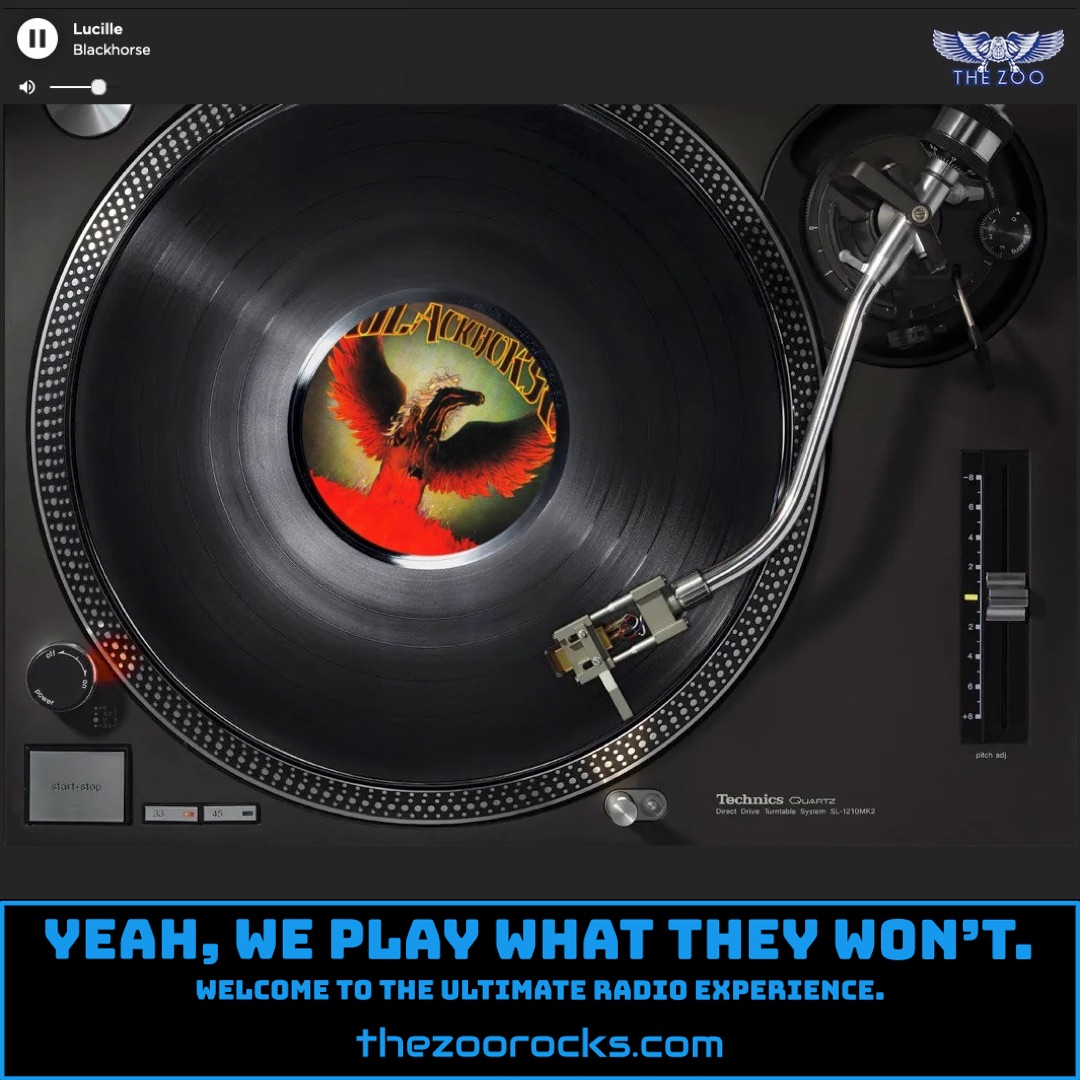Tangled Up In Blue
Bob Dylan
Zoo Freaks, get ready for some deep vibes as The Zoo Crew spins Tangled Up in Blue by Bob Dylan from his iconic 1975 album Blood on the Tracks. This song is a masterpiece of storytelling, weaving a tapestry of love, loss, and wandering with lyrics that shift through time and perspective. Dylan once said he spent "ten years living and two years writing" this track, capturing a lifetime of experiences in its rolling verses. In a 1978 interview, he explained his goal was to "defy time," inspired by his painting teacher Norman Raeben, who taught him to blend past, present, and future like a cubist painting. The result? A song where "yesterday, today, and tomorrow are all in the same room," as Dylan put it, making it feel like a living, breathing narrative. Fans on X have echoed this, with one user, @harryhew, quoting Dylan: "I wanted that song to be like a painting."
Another juicy tidbit comes from Dylan’s own words on X, where he revealed that Joni Mitchell’s 1971 album Blue heavily influenced Tangled Up in Blue. He told an interviewer, "It affected me. I couldn’t get it out of my head," and the title itself might nod to Mitchell’s work, though Dylan’s kept that cryptic. The song’s recording process was no less dramatic. Initially cut in New York in September 1974, Dylan wasn’t satisfied and, at his brother David’s urging, re-recorded it in Minneapolis at Sound 80 studio with local musicians like mandolin virtuoso Peter Ostroushko and drummer Bill Berg. These unsung heroes, uncredited for decades, gave the track its brighter, janglier feel, though Dylan’s near-exasperated vocal delivery—pushing his range to the limit—adds the raw edge Zoo Freaks love.
Dylan’s never stopped tinkering with Tangled Up in Blue. He’s performed it live over 1,600 times, often rewriting lyrics or shifting arrangements, like the 1984 Real Live version that feels like a whole new beast. In his 2004 memoir Chronicles: Volume One, he claimed Blood on the Tracks was inspired by Chekhov’s short stories, not his personal life, despite fans and even his son Jakob insisting it’s about his crumbling marriage to Sara Dylan. Whether it’s autobiographical or not, the song’s universal ache resonates, covered by everyone from Jerry Garcia to the Indigo Girls, and even referenced in Hootie & the Blowfish’s Only Wanna Be with You, which led to a settled lawsuit over borrowed lines.
Now, let’s rewind to how Bob Dylan, born Robert Allen Zimmerman on May 24, 1941, in Duluth, Minnesota, kicked off his legendary career. Growing up in Hibbing, Minnesota, young Bob was drawn to music early, listening to radio stations blasting blues, country, and early rock ‘n’ roll. He formed bands in high school, like the Golden Chords, playing covers of Little Richard and Elvis Presley. By 1959, he enrolled at the University of Minnesota but soon ditched classes for the Dinkytown folk scene, where he traded his electric guitar for an acoustic and started going by “Bob Dylan,” inspired by poet Dylan Thomas. In 1961, he dropped out and headed to New York City’s Greenwich Village to meet his idol, Woody Guthrie, who was hospitalized with Huntington’s disease.
In Greenwich Village, Dylan hustled gigs at coffeehouses like Cafe Wha? and Gerde’s Folk City, blending traditional folk with his own raw, poetic spin. His big break came when critic Robert Shelton reviewed a 1961 performance for The New York Times, calling him a “bright new face.” This led to a Columbia Records deal, and his 1962 debut album, Bob Dylan, mixed folk covers with originals like Talkin’ New York. His 1963 album, The Freewheelin’ Bob Dylan, with hits like Blowin’ in the Wind, made him the voice of a generation, fusing protest anthems with literary depth. From there, Dylan’s career exploded, evolving from folk hero to rock icon, defying expectations for over six decades.
Zoo Freaks can stay connected with Dylan through his official website, where you’ll find tour dates, lyrics, and news like the recent 1974 Live Recordings box set. Follow him on Facebook, Instagram, and X, where he’s been surprisingly active, sharing quirky posts like restaurant reviews or cryptic replies to fans. For deeper dives, check out fan hubs like Expecting Rain, a treasure trove of Dylan news and archives, or join the r/bobdylan subreddit, where 85,000 fans swap stories and theories. Facebook groups like Bob Dylan Fans offer community vibes, while sites like Bob Dylan Archive provide scholarly insights into his legacy. Keep spinning those records, Zoo Crew!

